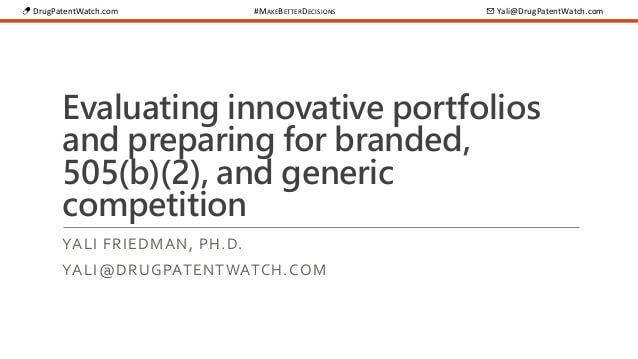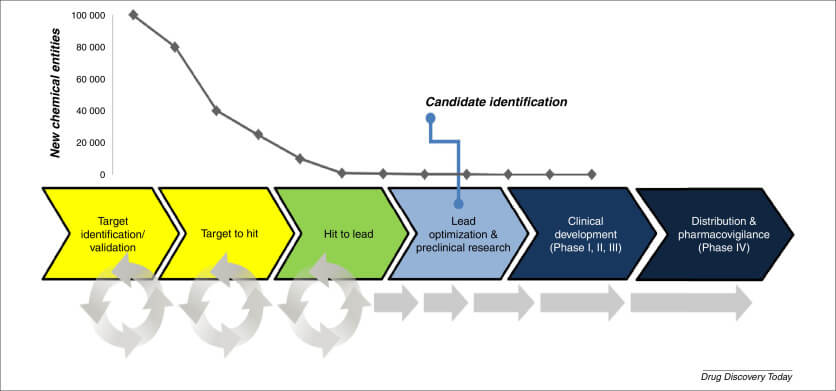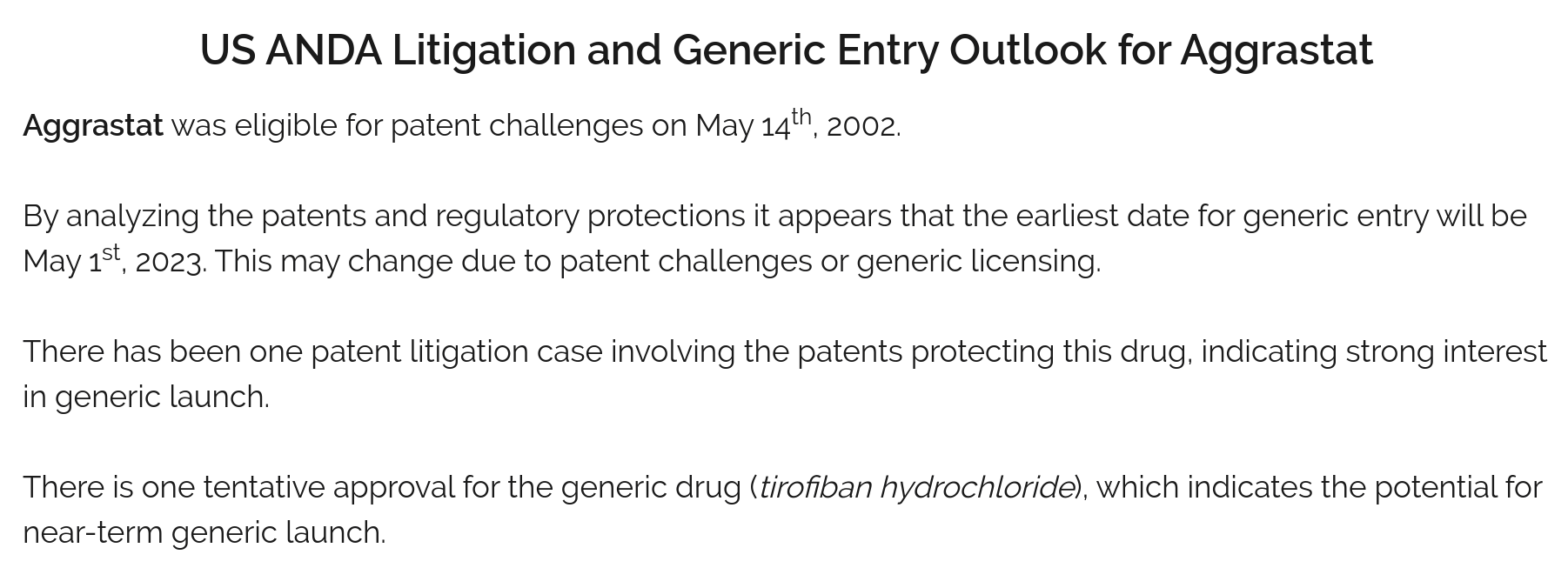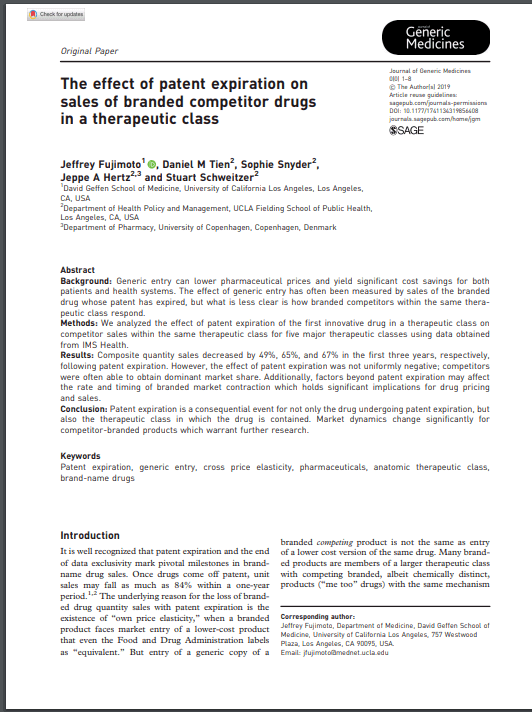
The pharmaceutical industry has increasingly relied on Contract Development and Manufacturing Organizations (CDMOs) to support the development and commercialization of drugs. CDMOs offer a range of services, from drug development to manufacturing, allowing pharmaceutical companies to focus on their core competencies. However, selecting the right CDMO model can be a complex decision, as each model presents its own set of advantages and disadvantages.
The Boutique CDMO Model
Boutique CDMOs are smaller, more agile organizations that offer personalized service and flexibility. These CDMOs are often preferred by pharmaceutical companies seeking a more collaborative and responsive partnership.
Advantages:
- Personalized Service: Boutique CDMOs provide attentive service, ensuring that clients receive tailored support throughout the development and manufacturing process.
- Flexibility and Agility: Smaller CDMOs are more adaptable to project changes and can make decisions quickly, allowing for faster project completion.
- Transparency and Dependability: Boutique CDMOs typically maintain open communication and prioritize project deliverables, ensuring that clients are well-informed throughout the process.
Disadvantages:
- Limited Capacity: Smaller CDMOs may not have the same level of resources or capacity as larger organizations, potentially limiting their ability to handle large-scale projects.
- Potential Scalability Issues: Boutique CDMOs might struggle to expand their operations to meet the needs of larger projects, which could impact their ability to deliver on time and within budget.
The Large CDMO Model
Large CDMOs are typically well-established organizations with extensive resources and capacity. These CDMOs are often preferred by pharmaceutical companies requiring high-volume manufacturing and a broad range of services.
Advantages:
- Capacity and Resources: Large CDMOs have the infrastructure and personnel to handle large-scale projects, ensuring that clients can meet high demand.
- Diverse Service Offerings: Larger CDMOs often provide a comprehensive range of services, including drug development, manufacturing, and commercialization support.
Disadvantages:
- Bureaucracy and Slow Decision-Making: Large CDMOs can be slow to make decisions due to their complex organizational structures, potentially delaying project timelines.
- Lack of Transparency and Communication: Pharmaceutical companies may experience poor communication and a lack of transparency when working with larger CDMOs, leading to project delays and misunderstandings.
The End-to-End CDMO Model
End-to-end CDMOs offer a comprehensive service model, covering all aspects of drug development and manufacturing from start to finish. This model is gaining popularity as it provides a single point of contact for pharmaceutical companies.
Advantages:
- Single Point of Contact: End-to-end CDMOs provide a unified service, eliminating the need for pharmaceutical companies to manage multiple suppliers.
- Enhanced Accountability: With a single supplier responsible for the entire process, pharmaceutical companies can hold them accountable for project timelines and quality.
Disadvantages:
- Dependence on the Supplier: Pharmaceutical companies may become overly reliant on the end-to-end CDMO, potentially losing bargaining power and control over the project.
- Risk of Sub-Optimal Situations: The end-to-end model can lead to sub-optimal project outcomes if the CDMO is not equipped to handle all aspects of the project effectively.
The Fee-for-Service Model
In the fee-for-service model, CDMOs are compensated for specific services rendered. This model is widely adopted due to its simplicity and clarity.
Advantages:
- Clear Budgeting and Cost Management: The fee-for-service model provides transparent costs, allowing pharmaceutical companies to manage their budgets effectively.
- Protection of Intellectual Property Rights: Pharmaceutical companies retain full intellectual property rights, ensuring control over their products.
Disadvantages:
- Higher Initial Costs: The fee-for-service model can result in higher upfront costs, potentially impacting project budgets.
- Limited Incentives for Efficiency: CDMOs may not be incentivized to optimize their processes, potentially leading to efficiency losses in complex projects.
The Licensing Model
The licensing model involves the CDMO providing a license to the pharmaceutical company for the use of their technology or intellectual property.
Advantages:
- Risk Mitigation: The licensing model can mitigate risks for pharmaceutical companies by shifting development costs to the CDMO.
- Potential for Long-Term Partnerships: Licensing agreements can foster long-term collaborations between pharmaceutical companies and CDMOs.
Disadvantages:
- Complexity in IP Distribution: The licensing model can create challenges in intellectual property distribution, potentially leading to disputes between partners.
- Dependence on the CDMO’s Technology: Pharmaceutical companies may become reliant on the CDMO’s technology, limiting their flexibility and control over the project.
The Front-Loaded Model
In the front-loaded model, the CDMO takes on the responsibility of product development at its own expense. Once development is complete, the CDMO identifies marketing partners who are required to make an initial investment.
Advantages:
- Risk Mitigation: The front-loaded model shifts development risks to the CDMO, allowing pharmaceutical companies to minimize their upfront investment.
- Potential for Higher Returns: The front-loaded model can provide higher returns for pharmaceutical companies if the product is successful.
Disadvantages:
- Higher Costs in the Long Run: The front-loaded model can result in higher costs for pharmaceutical companies in the long run, as they are required to make an initial investment once the product is developed.
- Dependence on the CDMO’s Success: Pharmaceutical companies may be dependent on the CDMO’s ability to successfully develop and market the product.
Conclusion
Selecting the right CDMO model is crucial for pharmaceutical companies seeking to optimize their drug development and manufacturing processes. Each model presents its own set of advantages and disadvantages, and careful consideration must be given to the specific needs and goals of the project. By understanding the pros and cons of different CDMO models, pharmaceutical companies can make informed decisions and foster successful partnerships with their chosen CDMOs.
References:
- LGM Pharma. (2024, May 2). The Advantages Of A Boutique CDMO Vs. Challenges Of A Large CDMO: How To Choose The Right Partner. Retrieved from https://lgmpharma.com/blog/the-advantages-of-a-boutique-cdmo-vs-challenges-of-a-large-cdmo-how-to-choose-the-right-partner/
- DCAT Value Chain Insights. (2019, July 24). Straight Talk: End-to-End CDMO/CMO Business Models. Retrieved from https://www.dcatvci.org/features/straight-talk-end-to-end-cdmo-cmo-business-models/
- EY. (n.d.). CDMOs Are Becoming Emerging Technology Leaders. Retrieved from https://www.ey.com/en_us/insights/strategy/how-cdmo-companies-are-leading-innovation-for-pharmaceutical-partners
- SoftCaps. (2024, April 7). Choosing the Right CDMO Partnership Model for Softgel Development. Retrieved from https://www.softcaps.science/blog/choosing-the-right-cdmo-partnership-model-for-softgel-capsule-development
- Qualio. (2022, July 28). The Top Pros & Cons of Pharmaceutical Contract Manufacturing. Retrieved from https://www.qualio.com/blog/pros-and-cons-contract-manufacturing-organizations























